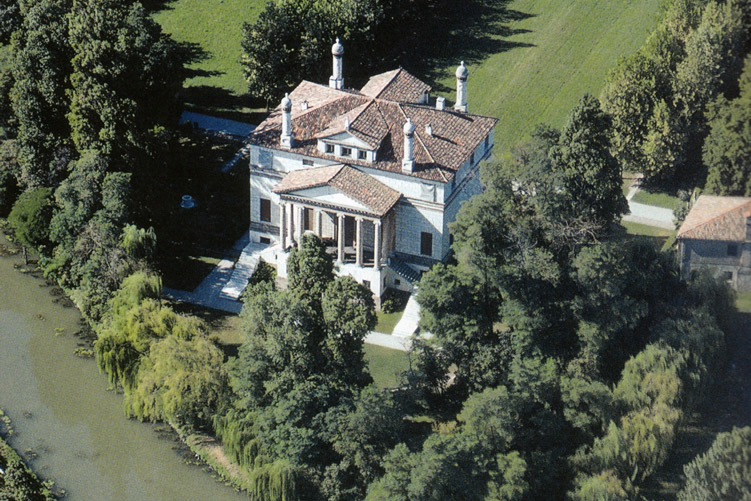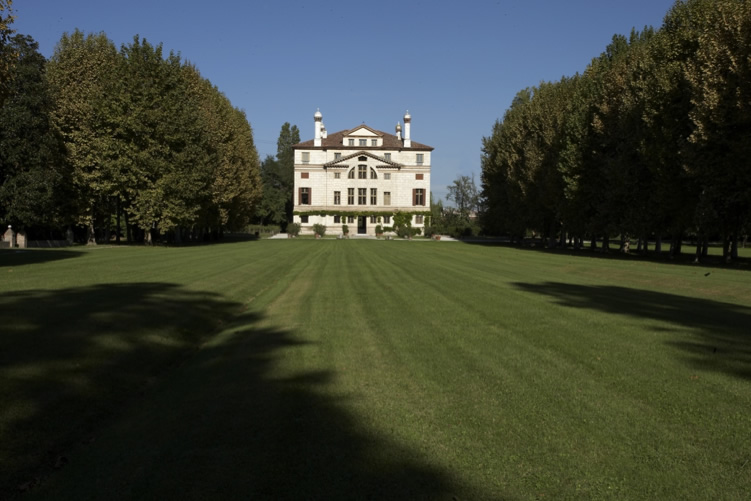LIFE IN VILLA
VISITA
Villa Foscari è una residenza privata. E’ notificata dallo Stato italiano ex-legge 490 del 1999
è iscritta nella lista del Patrimonio Mondiale dell’Unesco.
COME ARRIVARE
| in macchina: Google Maps | |
| in autobus da Venezia: Orari | |
| in taxi: Radio Taxi Venezia | |
| in bicicletta: itinerari con bonavoglia.eu | |
| in taxi acqueo: Venezia Taxi | |
| via acqua da Venezia: Terminal Fusina |
| con servizio fluviale: | Il Burchiello www.burchiello.org | |
| I Battelli del Brenta www.battellidelbrenta.it | ||
| Delta Tour www.deltatour.it |
APERTURA AL PUBBLICO
| Dal 1 maggio al 31 ottobre (salvo variazioni) | |
| martedì e sabato dalle ore 9:00 alle ore 12:00 | |
| 10 euro a persona |
VISITE SU PRENOTAZIONE (escluso il lunedì)
| 10 euro a persona (gruppo minimo 15 persone) | |
| 8 euro a persona (gruppo minimo 20 persone) per prenotazioni eseguite 15 giorni in anticipo | |
| 6 euro a persona (gruppo minimo 20 persone) per studenti accompagnati da docenti il mercoledì e il venerdì dalle ore 9:00 alle ore 12:00 |
CONTATTI
| La Malcontenta Srl | |
| Via dei Turisti, 9 | |
| 30034 Malcontenta di Mira (VE) | |
| e-mail: This e-mail address is being protected from spambots. You need JavaScript enabled to view it. | |
| tel.+39 041 5470012 (041 5203966) | |
| fax+39 041 5479427 (041 2770204) |
NOTIZIE (vedi sezione Notizie)
LINKS alla Riviera del Brenta
LINKS
| www.unesco.it | ||
| www.cisapalladio.org | ||
| www.irvv.net | ||
| www.villevenete.org | ||
| www.adsi.it |
ANDREA PALLADIO
VILLA FOSCARI
La Malcontenta

ARCHITECTURE
The fabbrica designed by Palladio for Nicolò and Alvise Foscari, upon returning from his last trip in Rome (1554), is an expression of extraordinary completeness of his theoretical convictions.
It is laid out on three levels, in a way that each level distinguishes itself among the functional activities (on the ground floor), the “noble” activities (on the first floor), and the deposit of agricultural goods (on the top floor).
It is symmetrical, in a way that each of the two clients could have his own independent apartment.
Each apartment, to either side of the axis of symmetry – is composed of three rooms. Of these, two rooms (the major and the minor) have dimensions that are regulated by the same proportional criteria; the third room has a square floor plan.
The two apartments are laid on either side of a central space of official importance whose function is shared by both clients, according to the practice already adopted in other villas (and that have been used for quite a long time in Venetian homes).
Inside the fabbrica, the central space is a cross space. This architectural solution attributes to the whole construction the character of the building to a central plan.
This body of fabbrica – a type of parallelepipedal is characterized by an exceptional architectural element marking vigorously its external image towards the Brenta River: a portico, specifically a hexastyle ionic portico, that reproduces the typology of a temple of ancient Rome.
It is for the first time that a citation of this kind makes its appearance, instead of a loggia, in the rich Palladian production of case di villa. This exemplary form, with columns also along the side of the portico, will not be repeated again, because no other Palladian fabbrica has external staircases that lead up to the portico from either side.
The ornaments, which are normally in stone, are made here in cotto. They run horizontally along the principle facade, extending as bands on the either side of the fabbrica all the way to the rear facade, contributing to form an unexpected composition.
The window that appears on the rear facade is itself an evocation of ancient Roman constructive typology (that of thermal baths), in the same way as on the principle facade are the appearances of the portico and of the system external staircases leading up to it.
This fabbrica is made – in evident controversy with the Venetian tradition - with a structural system of Roman conception. The floors – both of the piano nobile as well as the intermediate level above the piano nobile – are in fact structured by brick vaults that unload their weight and forces on the walls which thicken as they near the ground.





